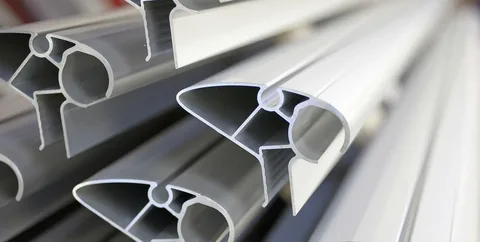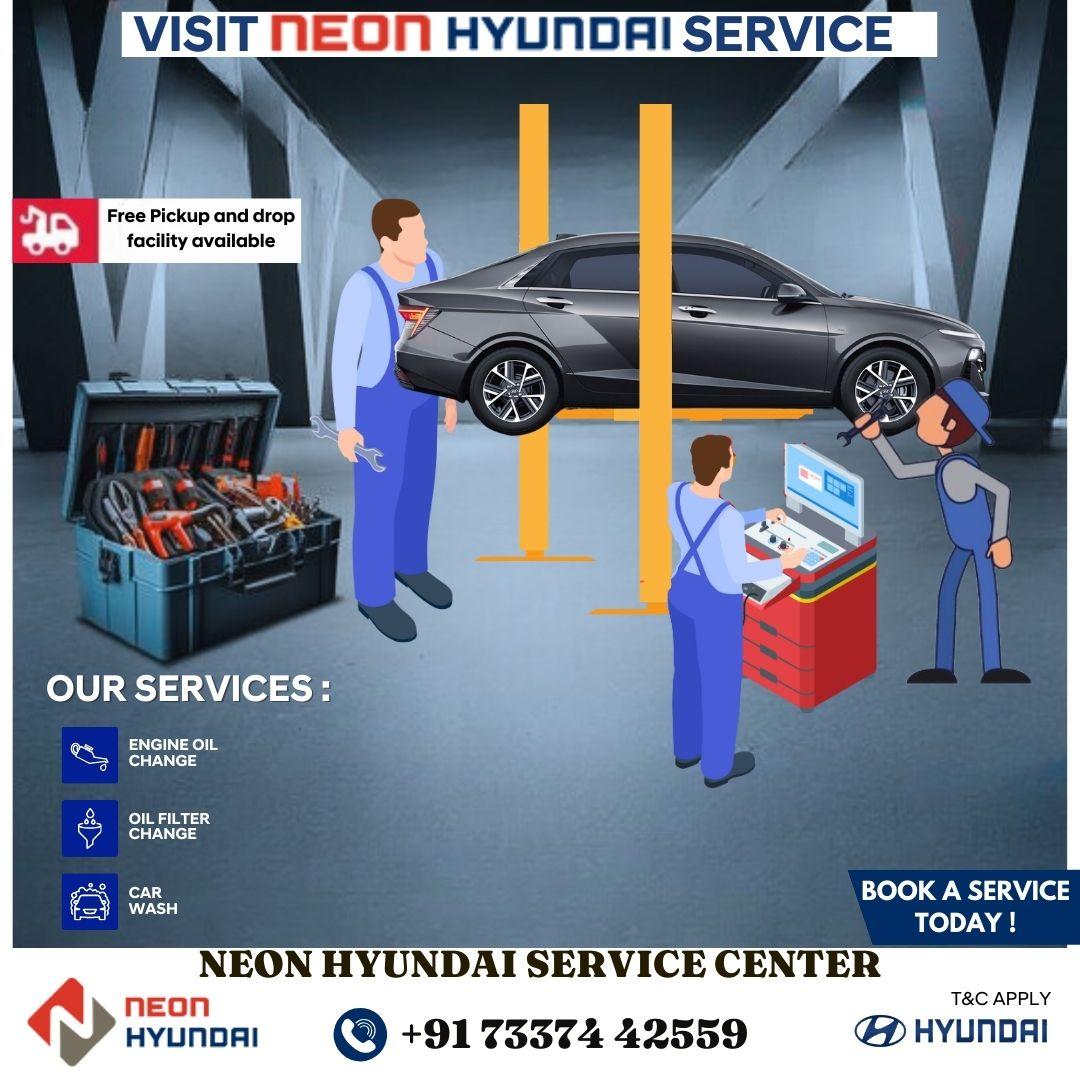Aluminium extrusion has revolutionized the world of manufacturing and engineering, enabling the creation of efficient and innovative designs that are shaping the future. As a versatile and sustainable material, Aluminium extrusion offers numerous benefits for various applications, from the automotive and aerospace industries to construction and consumer goods. Let us explore how standard aluminium extrusions are driving innovation and making a positive impact in various sectors.
Light weighting for Enhanced Performance: Using aluminium extrusions in lightweight applications has become a game-changer in industries such as automotive and aerospace. By leveraging the excellent strength-to-weight ratio of aluminium, extrusion profiles can be designed to be incredibly lightweight while maintaining exceptional structural integrity. It enables the development of more fuel-efficient vehicles, aircraft, and other products with improved performance and reduced carbon footprint.
Customization for Design Flexibility: Aluminium extrusion offer immense design flexibility, allowing customization to meet specific product requirements. Customized aluminium extrusions enable engineers and designers to create unique and efficient product designs tailored to their needs.
Material Selection: Customized Aluminium extrusions offer the flexibility of picking from various Aluminium alloys, temper conditions, and surface treatments. It permits the selection of materials most suited to meet the requirements of the particular usage, including those for strength, durability against corrosion, thermal conductivity, and more. By choosing the appropriate materials to acquire the required performance characteristics, extrusions can be specifically manufactured for a given product or application.
Surface Treatments: Customized Aluminium extrusions offer various surface treatments to achieve specific functionalities or appearances. Surface treatments such as anodizing, powder coating, painting, and polishing can be customized to meet specific aesthetic or functional requirements. It allows for creating extrusions with unique surface finishes, colors, or textures, adding value to the product’s overall appearance and performance.
Machining and Fabrication: Customized Aluminium extrusions can also include machining or fabrication processes to achieve specific features or functionalities. It can consist of precision cutting, drilling, tapping, bending, or welding of extrusion profiles to create complex shapes or assemblies. Machining and fabrication options can be customized to meet specific design requirements, allowing for the creation of extrusions with unique features or functions that are not achievable with standard extrusion profiles.
Product Differentiation: Customized Aluminium extrusions offer the opportunity to differentiate products. Engineers and designers can differentiate their products from competitors by creating unique extrusion profiles tailored to a specific product or application. Customized extrusions can give products a distinct appearance, improved functionality, or special features that set them apart in the market, enhancing the overall competitiveness of the product.
Cost-Effective Production: Aluminium extrusion is a highly cost-effective manufacturing process that enables the production of complex shapes with minimal waste. Creating long lengths of extrusion profiles allows for efficient batch production, reducing material waste and lowering production costs. Additionally, Aluminium extrusions can be easily machined, assembled, and finished, further streamlining the production process and optimizing cost efficiency.
Sustainability for a Greener Future: Aluminium extrusion is a sustainable product design and manufacturing choice. Aluminium is 100% recyclable, and the extrusion process requires significantly less energy than other metal-forming methods. It makes Aluminium extrusions an environmentally responsible choice, supporting circular economy principles and contributing to a greener future.
Integration of Additional Features: Aluminium extrusion is a versatile manufacturing process that seamlessly integrates additional features into extrusion profiles, enhancing product functionality and performance. Integrating these features directly into the extrusion design offers numerous benefits across various industries, from fasteners and connectors to thermal breaks and other components.
Simplified Assembly: One of the significant advantages of integrating additional features into Aluminium extrusions is simplified assembly. By designing extrusion profiles with built-in fasteners, connectors, or other components, the need for separate fastening or assembly steps can be eliminated. It streamlines the assembly process, reducing labor costs and improving production efficiency. It also minimizes the risk of misalignment or improper installation, resulting in a more reliable and robust end product.
Improved Product Performance: The integration of additional features can significantly enhance the performance of products. For example, incorporating thermal breaks into extrusion profiles can improve insulation properties, preventing heat transfer and reducing energy consumption. Similarly, integrating reinforcement ribs or stiffeners can increase the structural integrity of extrusion profiles, making them more suitable for heavy-duty or high-stress applications. These additional features can significantly impact the performance and longevity of the end product.
Space and Weight Savings: Integrating additional features directly into Aluminium extrusions can save space and weight. For instance, incorporating cable channels or wire management systems into extrusion profiles eliminates the need for separate cable trays or brackets, saving space and reducing weight. It is especially beneficial in applications where weight reduction is critical, such as aerospace or automotive industries, where every gram counts.
Design Flexibility: Integrating additional features offers flexibility, allowing for more creative and innovative product designs. Extrusion profiles can be tailored to meet specific functional requirements, and other features can be seamlessly incorporated to optimize product performance. This flexibility allows engineers and designers to explore new design possibilities and push the boundaries of what is achievable, resulting in unique and efficient product solutions.
Versatility in Applications: Integrating additional features with Aluminium extrusions can be applied across various industries and applications. From electronics and automotive to building and construction, lighting, and beyond, the versatility of Aluminium extrusion profiles allows for the integration of features in various products. It makes Aluminium extrusions a go-to choice for engineers and designers seeking efficient and innovative solutions in multiple applications.
Diverse Applications: Aluminium extrusions find applications in a wide range of industries and products, including automotive components, building and construction systems, electrical enclosures, furniture, heat sinks, lighting fixtures, and more. The versatility of Aluminium extrusion profiles makes them a go-to choice for engineers and designers seeking efficient solutions in various industries.
Conclusion: In conclusion, standard Aluminium extrusions drive innovation in multiple industries by offering lightweight, customization, cost-effectiveness, sustainability, integration capabilities, and diverse applications. As a material that combines strength, versatility, and sustainability, Aluminium extrusions are at the forefront of modern design and manufacturing, creating efficient and innovative products. Whether for reducing weight, customizing designs, optimizing production costs, supporting sustainability goals, integrating additional features, or finding diverse applications, Aluminium extrusion is a true innovation.






